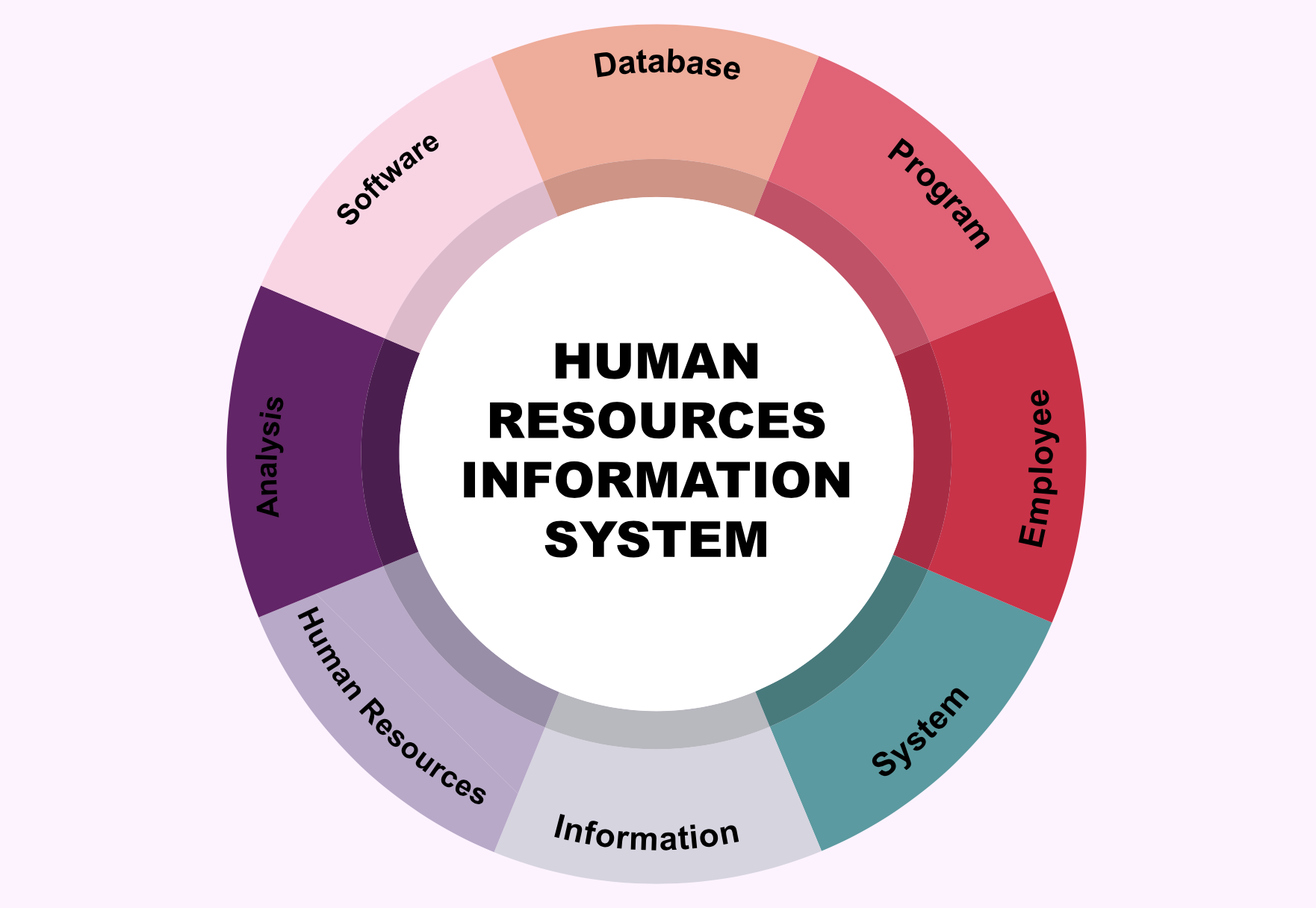Any company's HR department is responsible for implementing various fundamental strategies to manage their employees effectively. From HR planning, recruitment, and training to payroll administration, performance, and offboarding, these processes are time-consuming and laborious. HRIS, HCM, and HRMS are tools and systems that HR managers leverage to streamline human resource processes to increase productivity to effectively meet their HR management goals.
The only caveat is that vendors, analysts, and marketers often use the three terms (HRIS, HCM, and HRMS) interchangeably, making it challenging for companies to distinguish them. The truth is that these tools are different, and the extent to which your company benefits from HR software depends on a platform's functionality and capability.
In this article, we will discuss:
- The definition and basics of HRIS, HCM, and HRMS
- The Benefits of Deploying HR Software
- HRIS vs. HCM vs. HRMS
- Which is the best software among the three?
- How to choose HR software
What is HRIS (Human Resource Information System)?
A human resource information system (HRIS) is perhaps the most basic online platform an HR department can have. The software helps HR leaders to implement most of the human resource operations within an organization, with a primary focus on people, procedures, and policies.
It's a data-driven system that stores critical employee information and breaks it down into digestible chunks to provide valuable insights to the company. At the core of an HRIS system is an employee database with specific functional features that apply to them.
Typically, an HRIS system has the following capabilities:
- Recruitment functions, such as generating job descriptions, managing interviews, storing resumes (and more) using an applicant tracking system (ATS)
- Absence management – Manage employee absenteeism due to unforeseen situations, such as sickness, maternity leave, or injury
- Employee training and development – Setting the guidelines to help employees develop their careers
- Benefits administration – Enrolling employees for health benefits, managing a 401K, etc.
- Workflow management – Streamlining HR activities to increase productivity
- Compensation management - Handling payroll tasks, including remuneration, paid time off (PTO), bonus programs, etc.
- Personnel tracking – maintaining employees' personal information, such as contact details, positions, and personal data.
- Self-service portal - Offering a platform where they can change their individual information within the platform
What is HCM (Human Capital Management)?
As the name suggests, human capital management (HCM) enables the HR department to effectively perform its core function –management of the entire workforce. This HR software is equipped with all the HRIS capabilities, as well as other functions, such as talent management (talent acquisition, talent organization, and talent management).
The talent management capabilities in an HCM system offer a more effective and reliable means of handling specific HR functions: employee onboarding, performance tracking, compensation, and offboarding.
The core functions of an HCM platform include:
- Workforce acquisition (recruitment, ATS and onboarding procedures)
- Employee management (attendance tracking, performance control, creating and building company culture, and managing employee lifecycle)
- Talent optimization (career pathing, training and development, competency tracking, budgeting, compensation, and employee engagement)
What is HRMS (Human Resource Management System)?
A human resource management system (HRMS) is considered the most comprehensive and involved HR software. It encompasses all capabilities of an HRIS and HCM. However, it adds a payroll management system and other extra tools to aid in efficient labor management. Granted, you can expect most platforms billed as HRMS to include the following:
- All the capabilities of HRIS and HCM systems
- Automated wage and payroll processing
- Time and labor management (TLM)
The Benefits of Deploying HR Software
Whether you integrate HRIS, HCM, or HRMS, the primary objective is the same – to enable companies to manage their employees. Some of the top benefits of HR solutions include:
- Increased productivity
- Enhancing employee experience
- Employee data security
- Eliminate errors in HR management
- Cost savings
- Employee development and retention
- Regulatory compliance
- Simplify benefits administration
HRIS vs. HCM vs. HRMS
HRIS and HRMS systems are pretty similar in functions and capabilities. They share standard features, including personnel tracking, employee training and development operations, absence management, benefits administration, and recruitment tools. They also act as master employee databases, storing employee data like names, contact info, social security numbers, and personal details. The automation of HR tasks makes HRIS and HRMS the primary tools for HR and workforce data management.
The main difference between them is that HRIS is more basic, providing only the essential HR tools. That makes it a great option for a small company. On the other hand, HRMS includes all features in an HRIS platform with additional tools, such as payroll management and other well-designed, user-friendly labor management tools for more effective HR management.
With HCM, a company's HR department accesses all capabilities of the HRIS system. Although HRMS includes the features on an HCM platform, the latter provides more extensive functionality. To many tech-savvy HR leaders, HCM deployment is a strategic approach, encompassing various HR tools to better manage the entire employee lifecycle.
Which is the Best HR Software?
As you might have noticed, there are weak lines differentiating the three HR systems. In an ideal business world, it would be safe to say there's a solution for an HR automation need. Unfortunately, that's not the case when speaking of HR software.
Regardless of your business type, you can easily deploy HRIS, HCM or HRMS to streamline your HR processes. But to identify the right solution for you, you must first assess your business needs and then find the best HR tool with the capabilities to satisfy your unique HR needs. Typically, the more integrated and comprehensive the software is, the more value it offers, e.g. payroll management should be integrated into time and labor for timely and effective employee remuneration.
Conclusion
Because HR software vendors, marketers, and analysts use HRC, HRIS, and HRMS interchangeably, it's critical to know what software providers mean when they talk about these terms. One vendor might speak about HCM when it's better described as HRIS or HRMS. Suppose you run a small company and choose to deploy HRIS; in that case, it would be safe to assume that your vendor will be on the same page.
At Zamp HR, we are dedicated to helping you streamline your HR operations with cost-saving opportunities. We provide comprehensive, cloud-based HR software as a complementary add-on to our HR outsourcing solutions. To have a closer look at our HR software, access our demo today!



